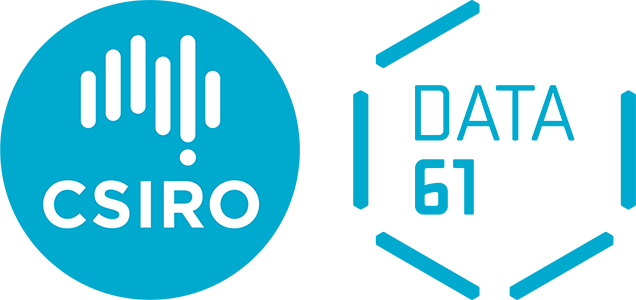HoloBee
HoloBee: Augmented Reality Based Bee Drift Analysis

The bees are dying globally and it is not well understood why. In response to this issue, the CSIRO has launched the Global Initiative for Honey Bee Health (GIHH) in 2015 with the aim to study the factors impacting on honey bee health. By means of attaching tiny RFID tags to the bees and respective readers to hives and feeder stations, bee activity is studied in-situ in their normal environment. Dedicated experiments are carried out to study how specific factors impact on bee behaviour and ultimately on their health. The data of all GIHH partners is stored in a central database at the CSIRO. Many bee activity measures can be computed from the data to assess their significance as an early indicator for honey bee health.
In this project, we developed HoloBee, an immersive analytics system that enables end users to analyse bee drift data using HoloLens as a head mounted augmented reality interface. HoloBee was designed to allow for interactive exploration of bee behaviour and specifically bee drift: the phenomenon of a bee leaving a hive and returning to another hive. Understanding drift behaviour may constitute an early indicator for hive health decline caused by hive arrangements or changes in weather conditions, and therefore provides a critical decision support tool. For exploration in the bees’ natural environment, bee drift is visualised as arcs connecting bee hives positioned in 3D geospatial maps. Multimodal voice, gaze, and hand gesture interactions, as enabled by the HoloLens, are used for natural interactions with the system. HoloBee is extendable to other bee behaviours and potentially to other social insects.
Investigators
Dr. Huyen Nguyen (Lead), Decision Sciences, CSIRO Data61
Sarah Ketchell, Decision Sciences, CSIRO Data61 & University of Tasmania
Dr. Ulrich Engelke, Decision Sciences, CSIRO Data61
Prof. Bruce Thomas, Wearable Computer Lab, University of South Australia
Prof. Paulo de Souza, Cyber-Physical Systems, CSIRO Data61
Lifetime
2016 – 2017
